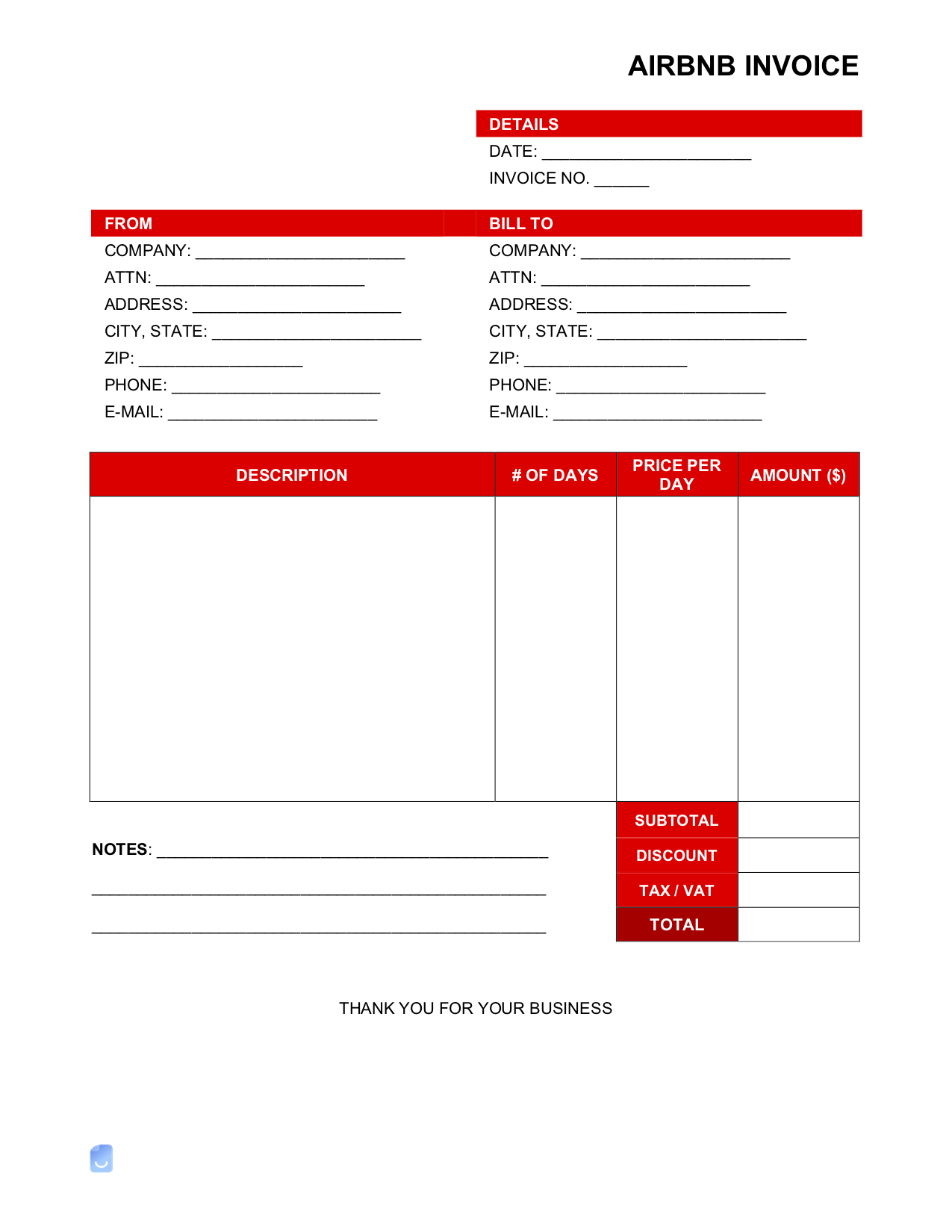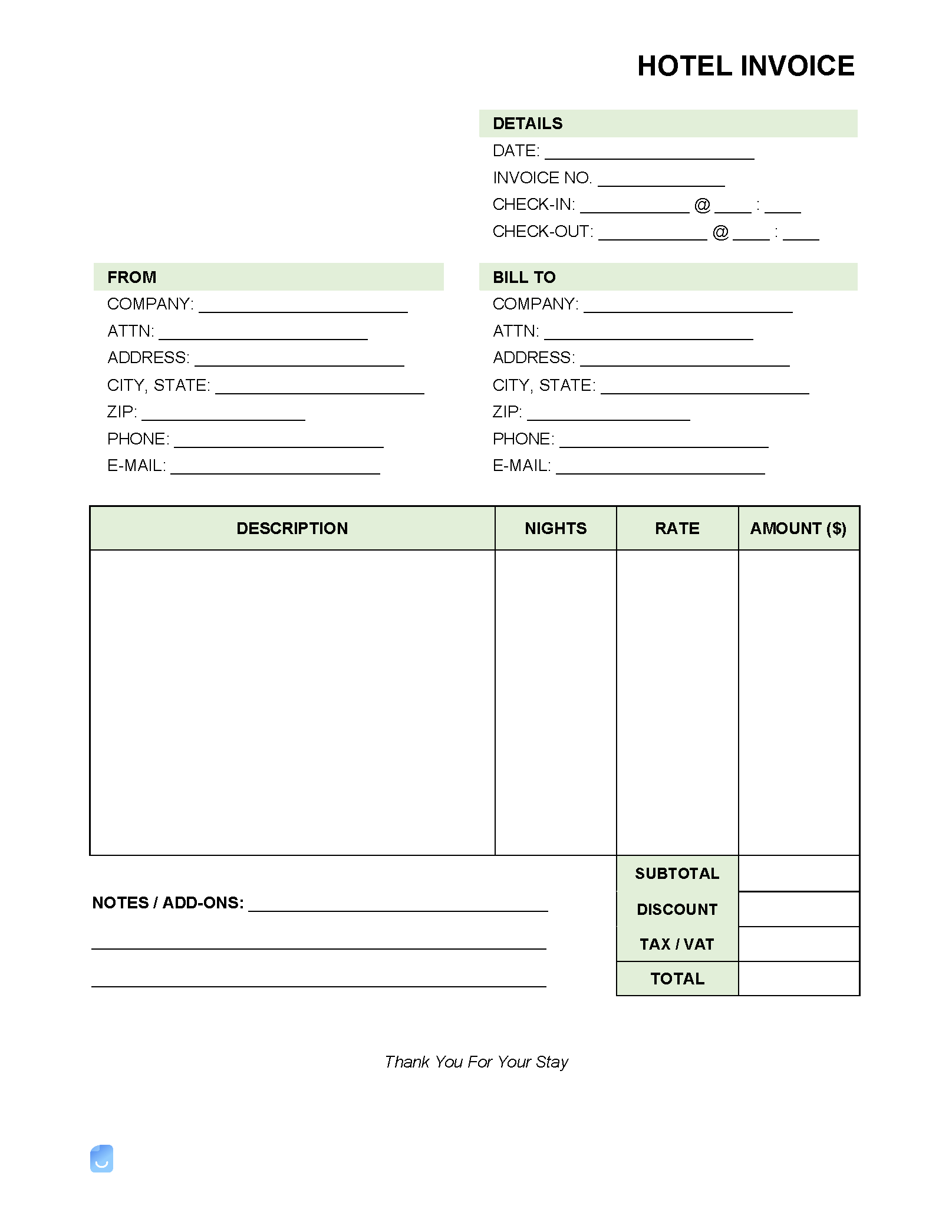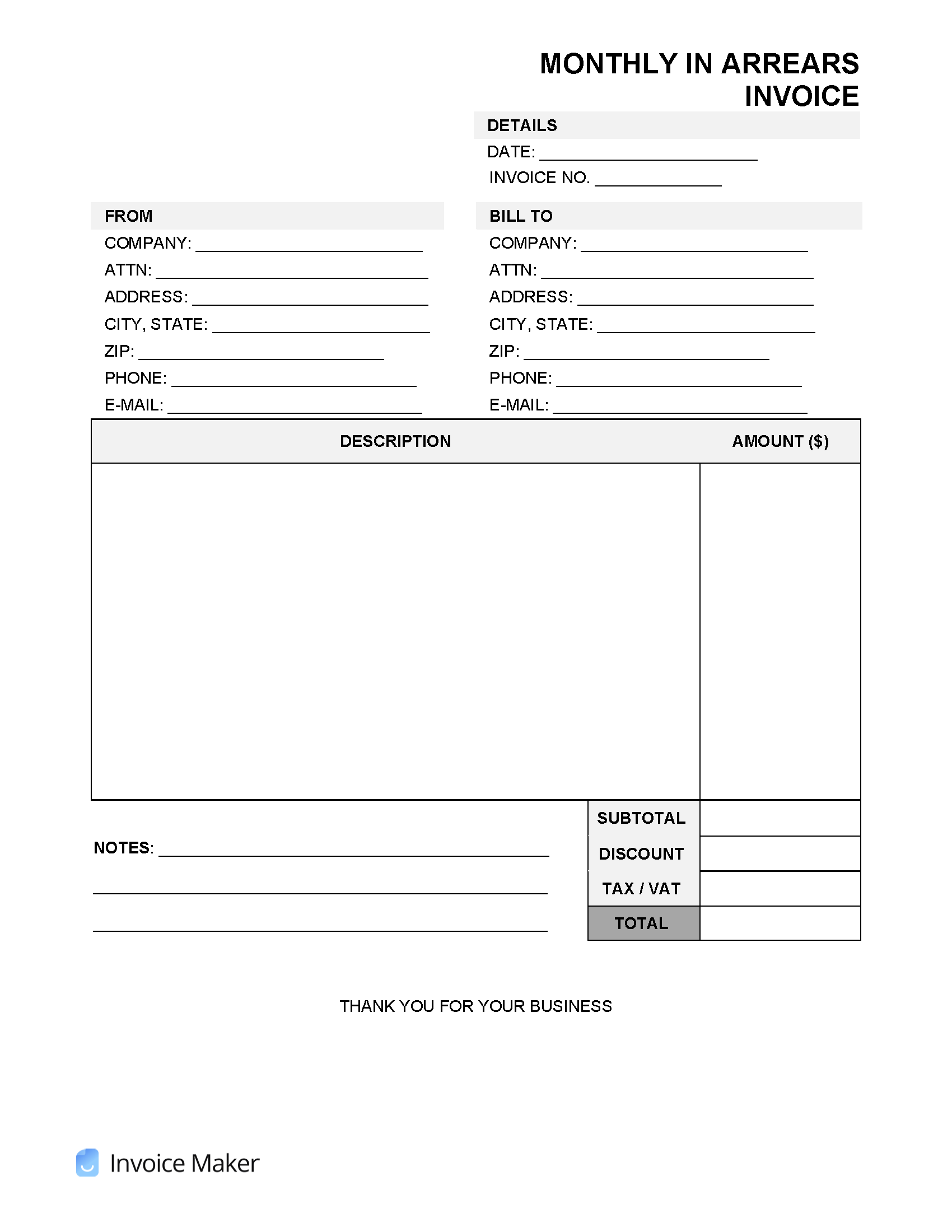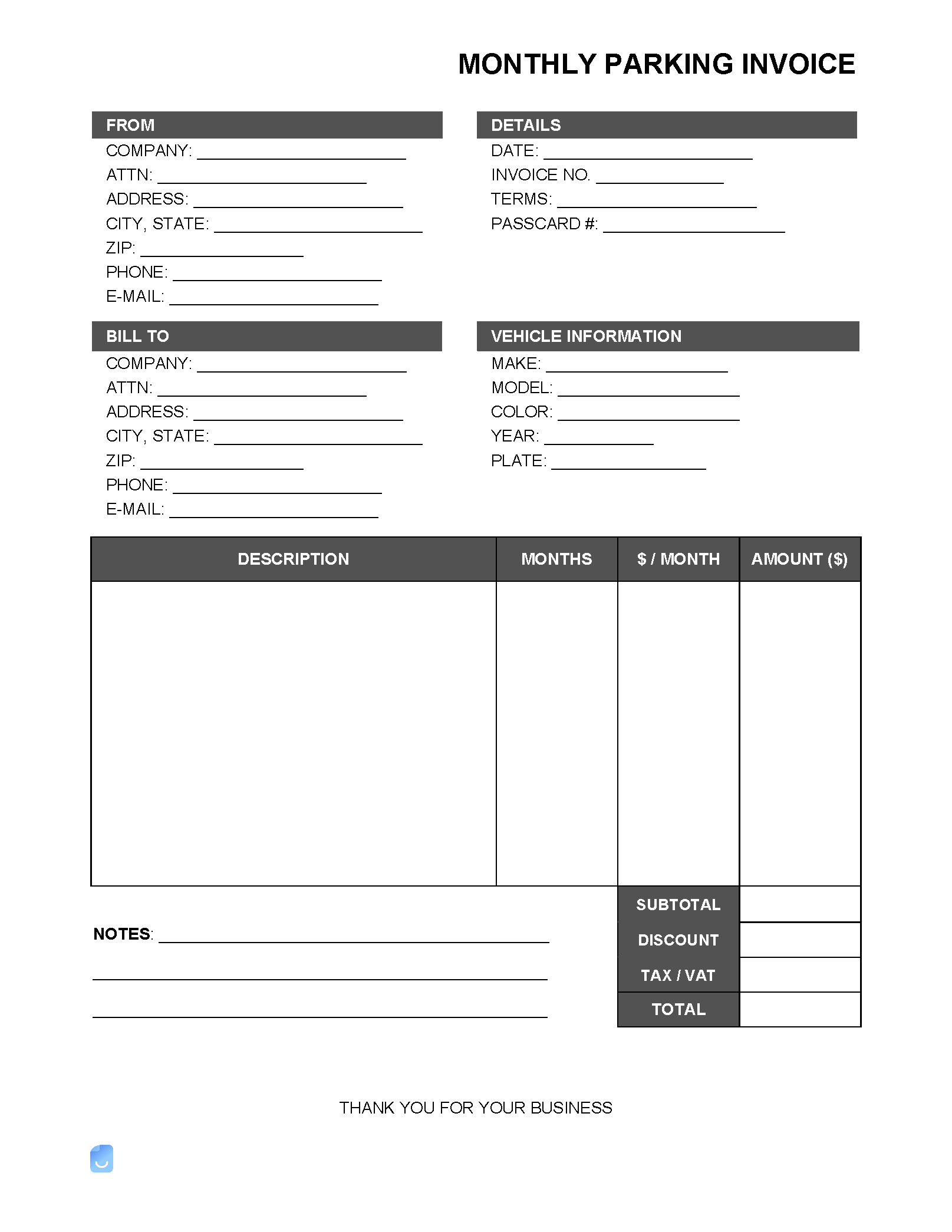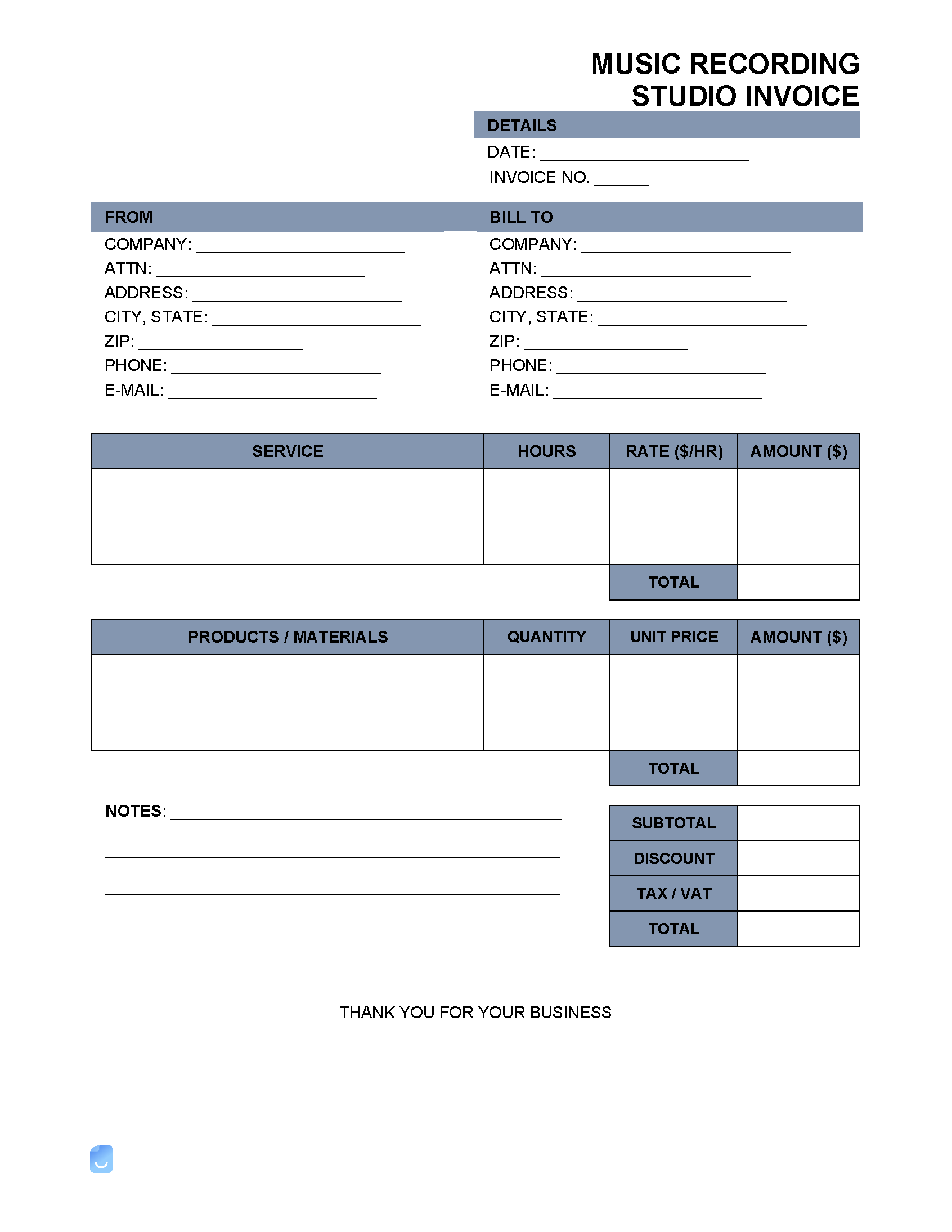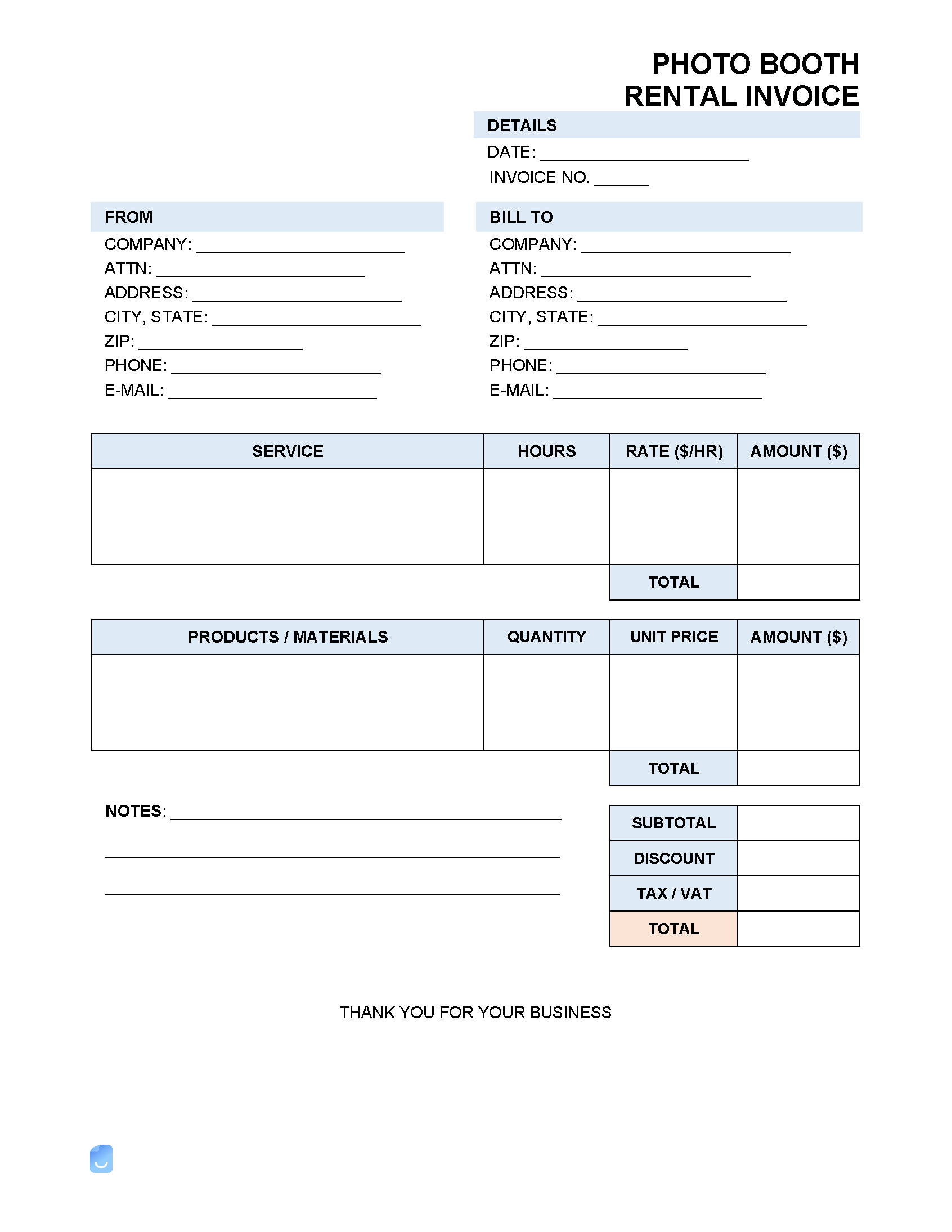Rent (Lease) Invoice Template
A monthly rent invoice is a billing form used by landlords to request payment from a tenant for one (1) or more months’ rent. Use the invoice to collect any amount of rent by the month when renting an apartment, house, or condo. A breakdown of utilities and all other charges separate from the rent payment should be included, such as the security deposit payment.

By Type (7)
How to Start Collecting Rent
Before collecting rent or signing a lease, it’s highly recommended to review the potential tenant’s criminal background, credit report, and eviction history. Many companies offer this service, and it generally will cost the landlord or tenant between $15 to $40 to obtain this information.
Step 1 – Gather the Tenant’s Information

- Rental Application – Adobe PDF, Microsoft Word (.docx)
Once a tenant becomes an occupant within a property, it can be tough to force (evict) a tenant to leave if they become a problem. Because of this, a tenant’s references, credit score, and a background check must be performed before agreeing to a deal. A rental application is used to collect information to screen the tenant. Top Screening Websites
- MyRental – Obtain a tenant’s eviction history, multi-state criminal check, and credit check.
- $19.99 to $34.99
- MySmartMove – Leverage TransUnion and check an applicant’s credit score, criminal background check, and national eviction report.
- $25 to $40
- RentPrep – Check credit report, eviction report, nationwide criminal check, and
- $18.95 to $35
- TurboTenant – The landlord enters the applicant’s information and selects which type of background checks to run. The fee will be paid by the tenant.
- $35 for a Credit and Criminal Report
- $45 for a Credit, Criminal, & Eviction Report
Step 2 – Obtain a Security Deposit and Define Rules
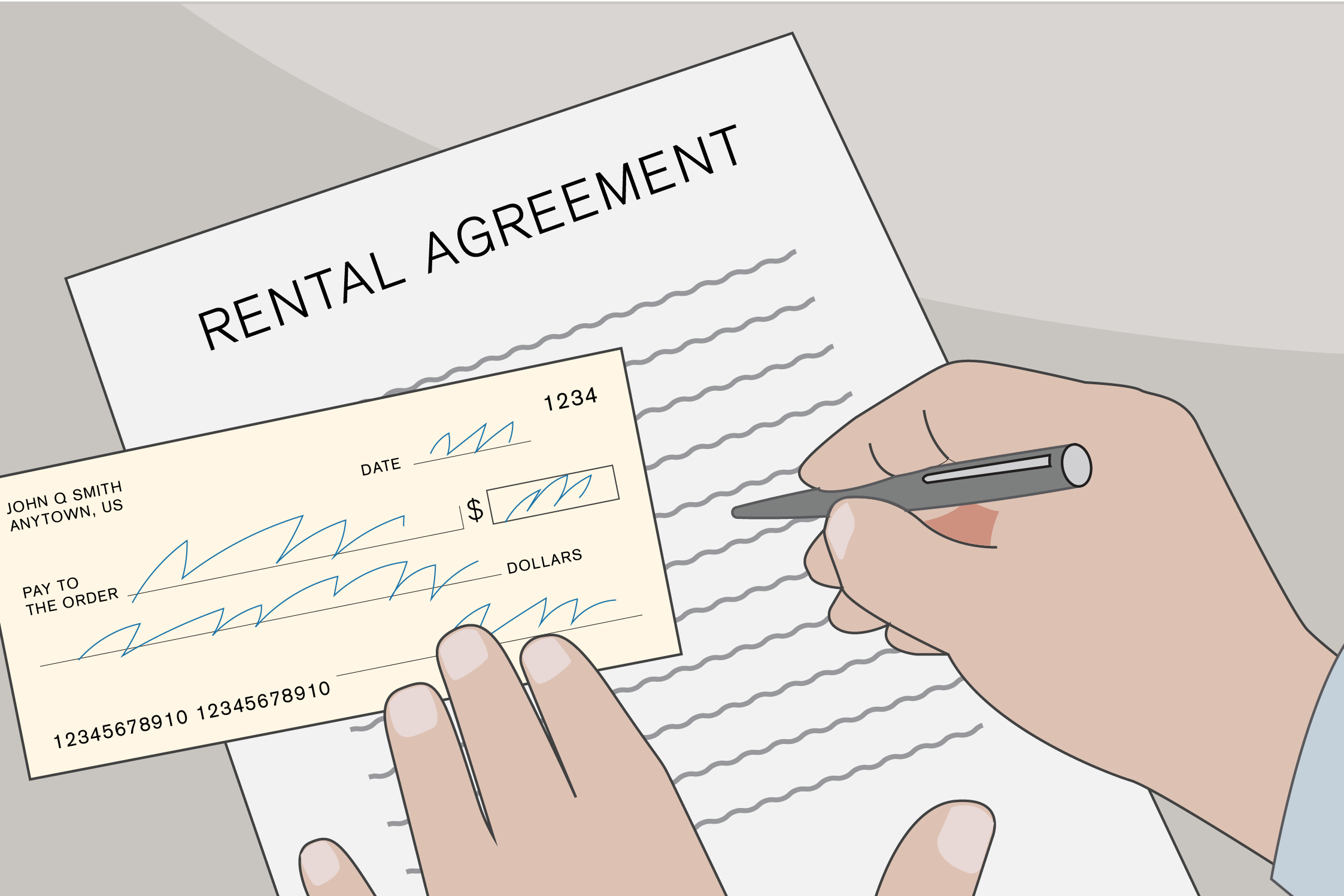 If the tenant passes the screening process, they must then put down a deposit that holds them responsible if damages occur in the future during their tenancy. Every state has its own laws, or lack thereof, when it comes to the limits a landlord can demand a security deposit. Most landlords require 1 or 2 months, depending on the tenant’s credit score and rental history. Before handing over the keys, a monthly rental agreement should be signed detailing the rent amount per month, utilities, and property rules such as the smoking and pet policy.
If the tenant passes the screening process, they must then put down a deposit that holds them responsible if damages occur in the future during their tenancy. Every state has its own laws, or lack thereof, when it comes to the limits a landlord can demand a security deposit. Most landlords require 1 or 2 months, depending on the tenant’s credit score and rental history. Before handing over the keys, a monthly rental agreement should be signed detailing the rent amount per month, utilities, and property rules such as the smoking and pet policy.
Step 3 – Allow Occupancy and Collect Rent
 If the lease starts on the first of the month, but the tenant is ready to move in before the actual starting date, allow the tenant to move in and prorate the extra days. The prorated days should be added to the first month’s invoice. All tenants should be made aware of whether or not the property was built before 1978, and if so, should be given a disclosure regarding lead-based paint in homes.
If the lease starts on the first of the month, but the tenant is ready to move in before the actual starting date, allow the tenant to move in and prorate the extra days. The prorated days should be added to the first month’s invoice. All tenants should be made aware of whether or not the property was built before 1978, and if so, should be given a disclosure regarding lead-based paint in homes.
Notice to Terminate
Due to the nature of a short-term monthly lease, the tenant will not be staying for long. It’s best to prepare ahead of time for when it comes time to move the tenant out of the property. Most states require thirty (30) days’ notice (with a termination letter) when either a tenant or a landlord terminates a lease, allowing the other party to prepare for the transition. If the tenant paid a security deposit before move-in, the deposit must be returned to the tenant no later than the required maximum time by your state (normally between 30-60 days). When a tenant fails to remove themselves and their belongings from the property, a notice to quit should be sent by certified mail as a final warning before the eviction process begins.
